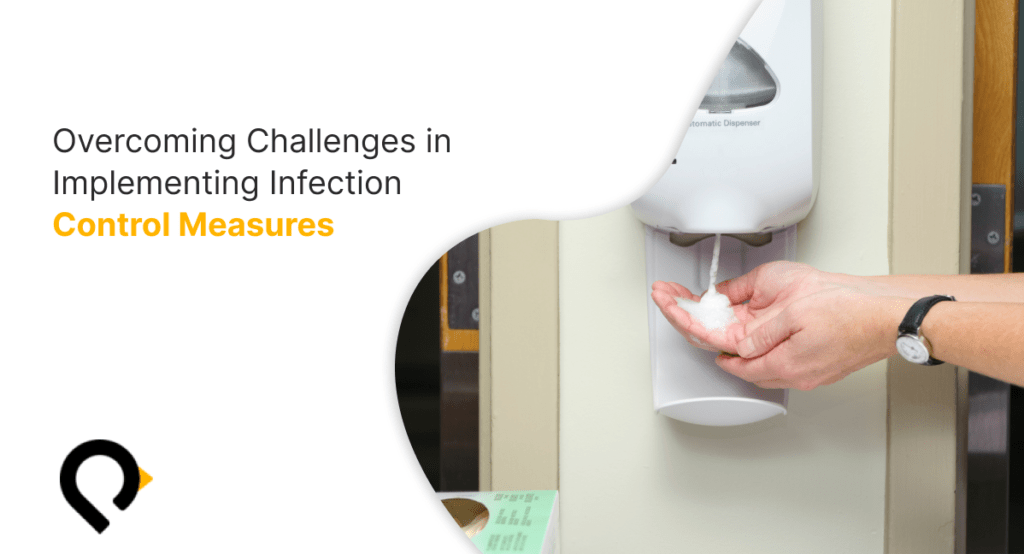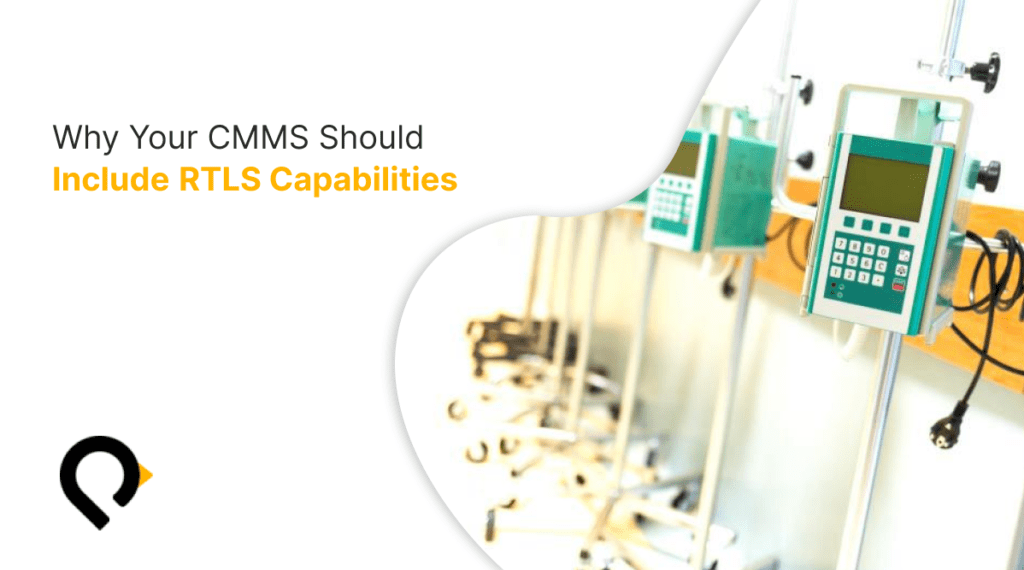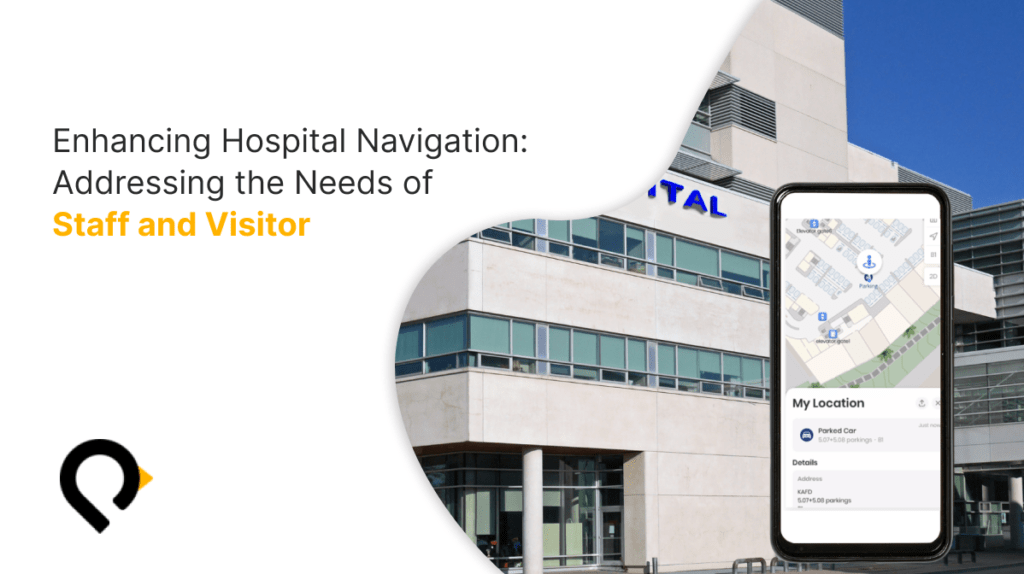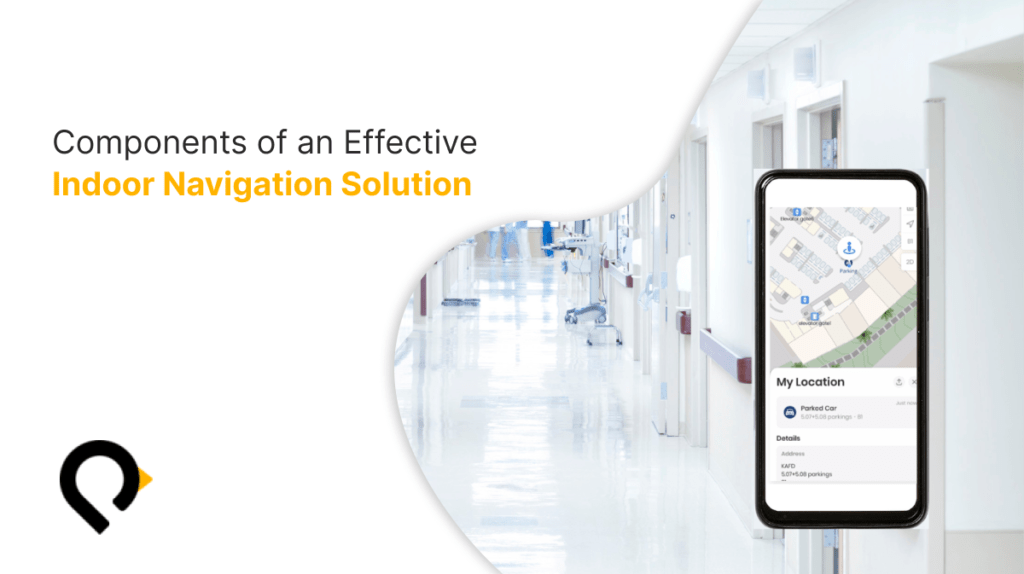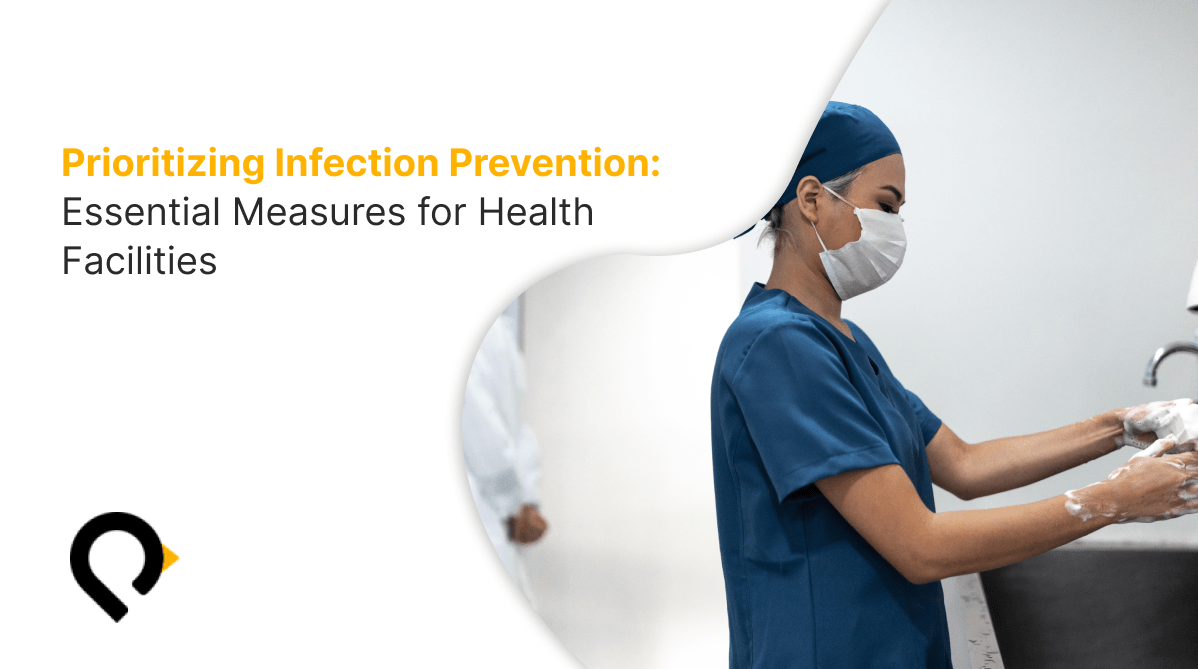
Infection prevention is a cornerstone of healthcare, crucial for safeguarding both patients and staff from harmful pathogens. Effective strategies can significantly reduce the spread of infections within healthcare settings. Working with healthcare practitioners and decision-makers, we feel the following are the priorities currently seen in North American healthcare facilities:
High-Quality Hand Hygiene Products
Effective hand hygiene is the first line of defense against infections. Using high-quality hand hygiene products, such as alcohol-based hand sanitizers and antimicrobial soaps, ensures that healthcare workers and visitors can maintain clean hands, reducing the risk of cross-contamination.
Proper PPE Supplied and Consistently Used
Personal Protective Equipment (PPE), including gloves, masks, and gowns, is essential for healthcare workers to protect themselves and patients from infectious diseases. Ensuring proper supply and consistent use of PPE is critical in preventing transmission in healthcare environments.
Touchless Restroom Dispensers
Touchless restroom dispensers for soap, water, and paper towels help minimize contact with surfaces that may harbor bacteria and viruses. This technology not only enhances convenience but also reduces the risk of cross-contamination among staff, patients, and visitors.
Easy Access to Hand Hygiene Stations for Staff
Conveniently located hand hygiene stations throughout healthcare facilities encourage regular hand hygiene practices among staff. Easy access ensures that healthcare workers can clean their hands promptly before and after patient interactions, preventing the spread of infections.
Easy Access to Hand Hygiene Stations for Patients and Visitors
Similarly, providing accessible hand hygiene stations for patients and visitors promotes compliance with hand hygiene practices. Placing stations in high-traffic areas and patient rooms encourages everyone to maintain clean hands, contributing to a safer healthcare environment.
Elevated Disinfection of Facility Services
Regular and thorough disinfection of high-touch surfaces, equipment, and patient rooms is essential for preventing the transmission of infections. Using EPA-approved disinfectants and following proper cleaning protocols helps maintain a clean and safe healthcare facility.
Hand Hygiene Compliance Monitoring Systems/Processes
While not a top priority, technology for monitoring hand hygiene compliance among healthcare workers remains a key element in improving adherence to protocols. These systems track and analyze compliance rates, providing valuable insights that help identify areas for improvement and reinforce best practices. Healthcare RTLS technology can enhance these monitoring systems, offering real-time data and insights.
Ongoing Staff Education on Hand Hygiene
Continuous education and training programs for healthcare staff are crucial for reinforcing the importance of hand hygiene and updating them on the latest guidelines and best practices. Education empowers staff to take an active role in infection prevention, fostering a culture of safety within the healthcare facility.
Top Opportunities for Encouraging Good Hand Hygiene
Recognizing and rewarding good hand hygiene practices among healthcare workers can significantly boost compliance rates. Acknowledging staff members who consistently adhere to hand hygiene protocols reinforces positive behavior and promotes a culture of cleanliness.
Furthermore, ensuring easy access to hand hygiene products throughout healthcare facilities is essential. Placing hand sanitizers and soap dispensers in visible and accessible locations encourages regular hand hygiene practices among staff, patients, and visitors alike. RTLS for Patient Safety can assist in strategically placing these stations by analyzing foot traffic patterns.
Conclusion
By prioritizing these essential measures—ranging from effective hand hygiene practices and PPE use to facility disinfection and education—healthcare facilities can significantly mitigate the risk of infections. Each measure plays a vital role in creating a safe and hygienic environment for patients, visitors, and staff alike. Together, these strategies uphold the highest standards of infection prevention, ensuring healthcare facilities can deliver care with confidence and safety. Integrating Patient Care Technology and Hospital Safety Systems like Real-Time Patient Tracking further strengthens these efforts.
At Penguin Location Services, we provide a cost-effective approach to monitor hand hygiene compliance at the individual and department levels. To learn more about how we do this, please reach out to us at [email protected].

